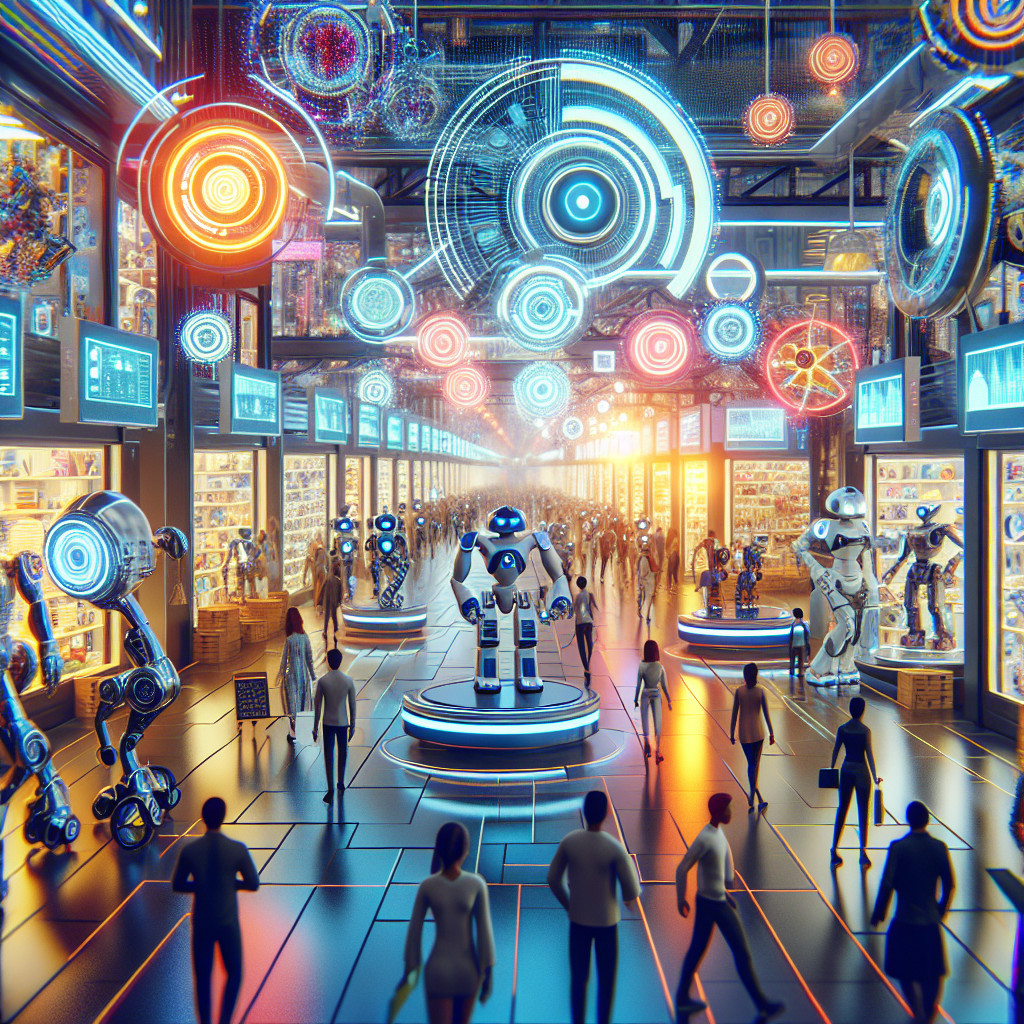The smart robot market in Asia Pacific is on a rapid growth trajectory, with the global market size expected to reach USD 53.1 billion by 2033, up from USD 14.4 billion in 2024. This impressive growth is being driven by advancements in AI/ML technologies, increasing labor costs, the shift towards Industry 4.0, and the growing adoption of service robots across various sectors such as healthcare, hospitality, and retail.
Key Takeaways from the Smart Robot Market:
– Market scale & growth: The market is expected to grow at a CAGR of 14.85%, reaching USD 53.1 billion by 2033.
– Components: Hardware leads the market, followed by software and services.
– Mobility: Mobile robots are more prevalent than stationary robots.
– Applications: Assembling and disassembling are the most common applications, followed by welding, inspection, and material handling.
– Verticals: The automotive sector leads the market, followed by manufacturing, electronics, food & beverages, chemical, and residential sectors.
– Regional performance: North America continues to dominate the market in terms of market share.
– Key trends: The growth of the market is driven by the integration of AI/ML technologies and the increasing use of service robots in healthcare, hospitality, and retail.
Factors Driving Market Growth:
1. Technological Advancements in AI & ML: AI and ML technologies have revolutionized smart robots, enabling them to process large data sets, learn from their environment, and perform complex tasks with precision. Enhanced sensors, vision systems, and robotic hardware are continually improving, making robots more reliable and versatile.
2. Industry 4.0 & Rising Labor Costs: The move towards Industry 4.0 and the increasing labor costs are driving the demand for automation. Service robots are becoming essential in sectors such as healthcare, hospitality, and retail for tasks like cleaning, patient assistance, and customer service.
3. Growing Adoption in Service Sectors: Post-COVID, there has been a significant increase in the use of robots for hygiene and safety purposes, such as sanitizer distribution and temperature checks. Sectors like healthcare, hospitality, and retail are deploying smart robots to improve efficiency, reduce errors, and enhance service quality.
Market Segmentation:
– Components: Hardware, software, services
– Mobility: Stationary, mobile
– Applications: Welding and painting, assembling and disassembling, material handling and sorting, inspection and security, others
– Verticals: Automotive, manufacturing, electrical and electronics, food and beverages, chemical, residential, others
Regional Insights:
North America leads the smart robot market, driven by its strong industrial infrastructure, early adoption of AI/ML technologies, and high investments in automation. The region continues to be a major growth engine for the market, with significant technological advancements and strong industrial demand.
Recent Developments & News:
Smart robots are increasingly being integrated with IoT and cognitive technologies, enabling them to navigate autonomously and interact more effectively. Post-pandemic, these robots have taken on new roles such as distributing hand sanitizer and conducting temperature screenings. Investments in sensor and vision technology are driving innovation in service robot applications across healthcare, hospitality, and retail sectors.
Key Players in the Smart Robot Market:
Some of the key players in the smart robot market include ABB Ltd., F&P Robotics AG, Fanuc Corporation, Hanson Robotics Limited, Honda Motor Co. Ltd, iRobot Corporation, KUKA AG (Midea Group), Neato Robotics Inc. (Vorwerk), Rethink Robotics GmbH, Samsung Electronics Co. Ltd., Seiko Epson Corporation, SoftBank Robotics Corp, Yaskawa Electric Corporation, and more.
In conclusion, the smart robot market is poised for significant growth in the coming years, driven by technological advancements, the shift towards automation, and the increasing adoption of service robots across various sectors. North America remains a key player in the market, leading the way in terms of innovation and industrial demand.

